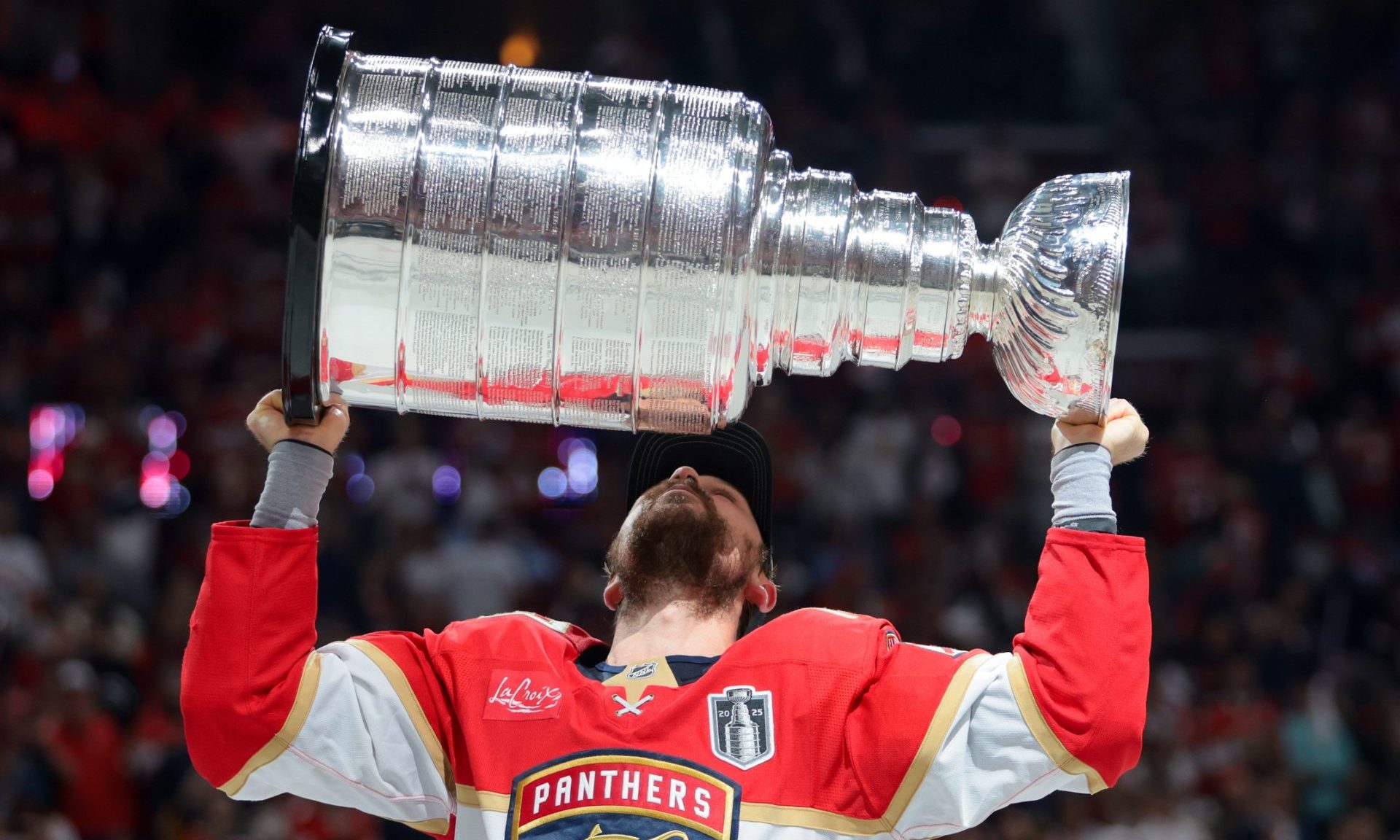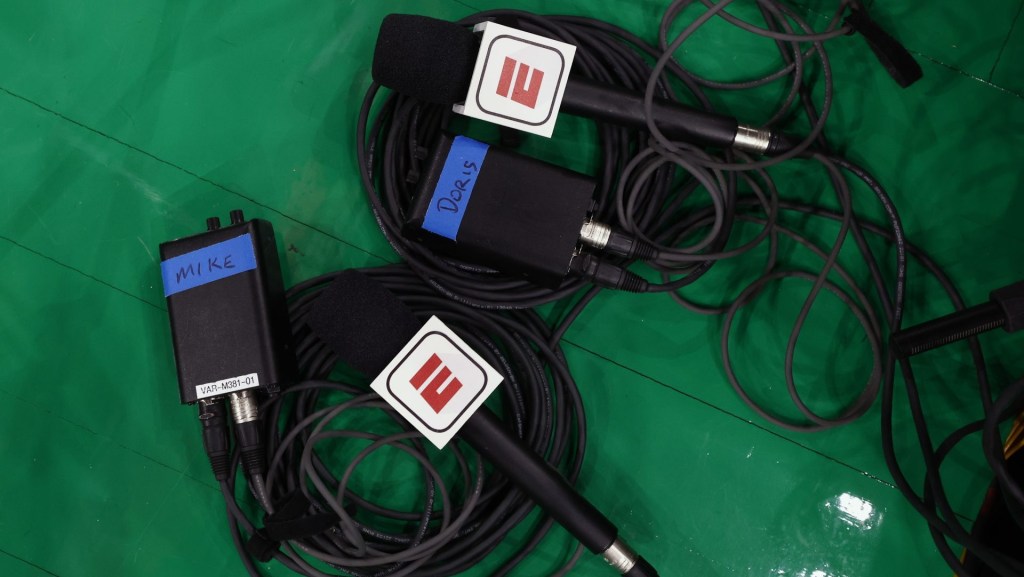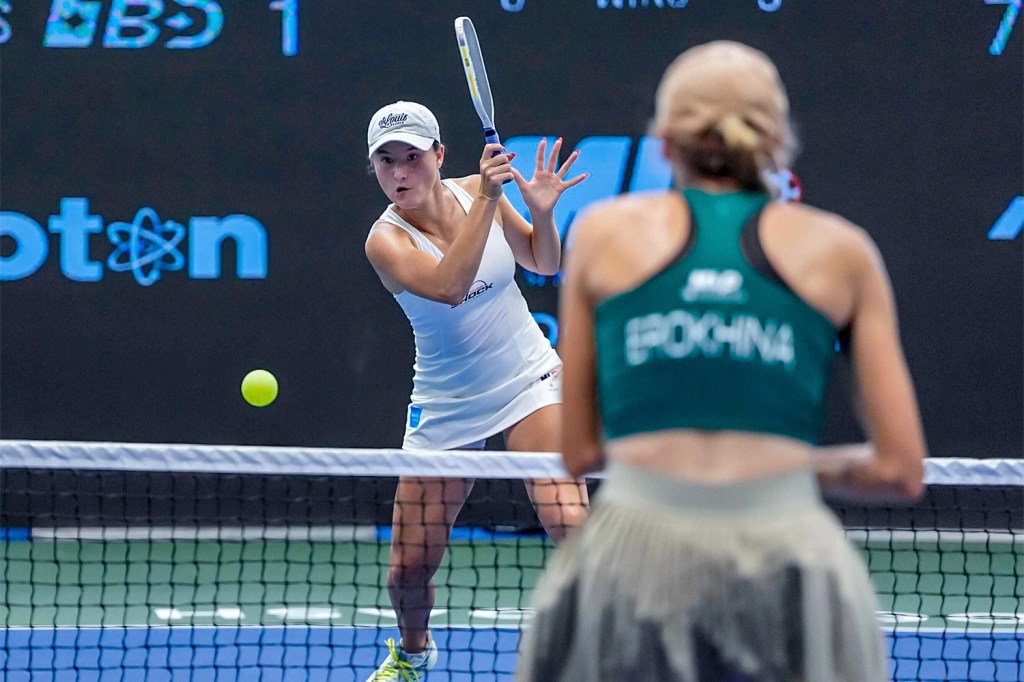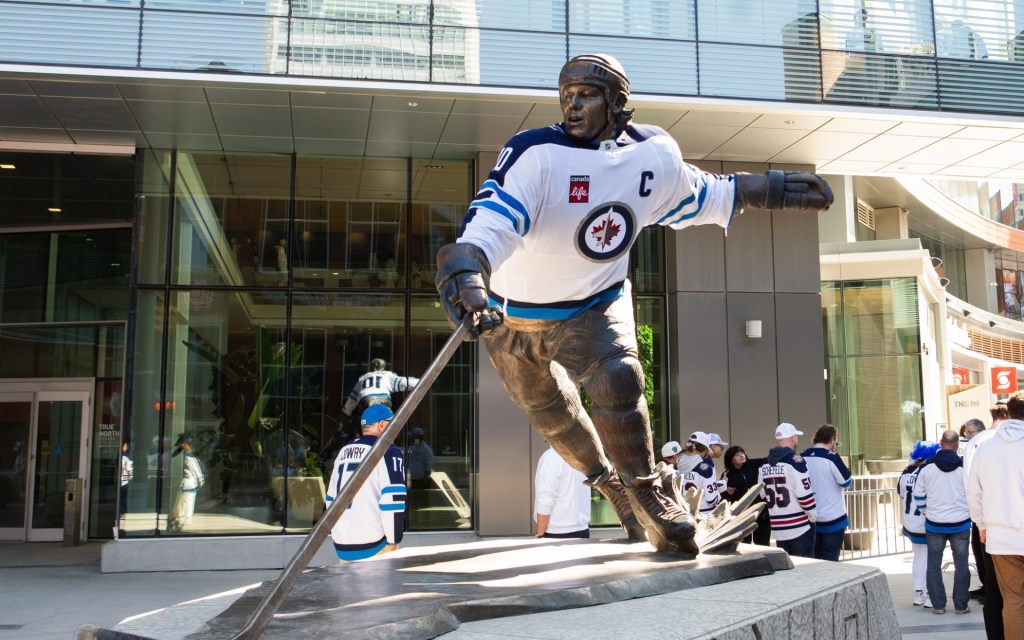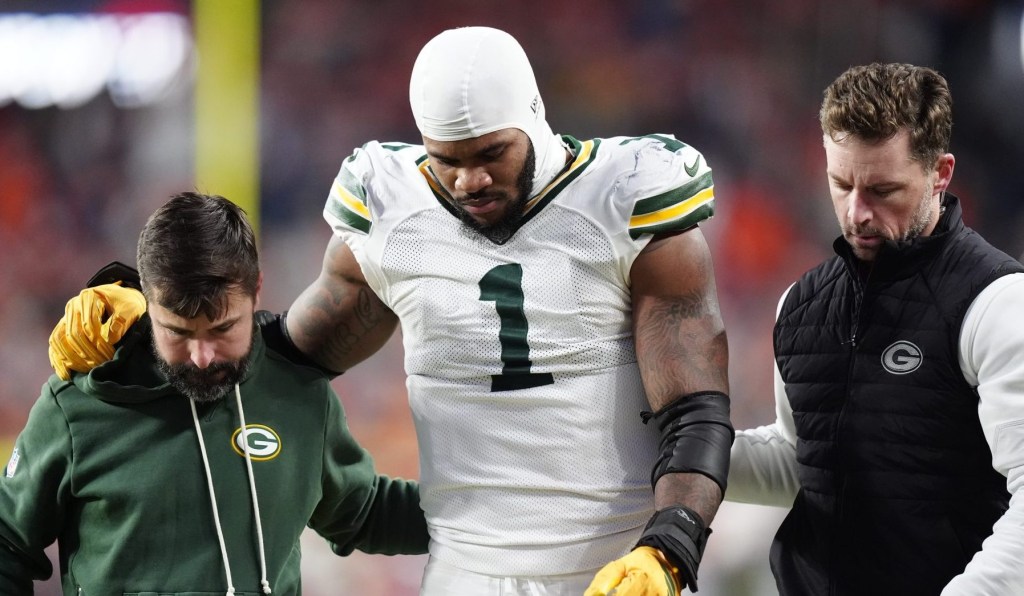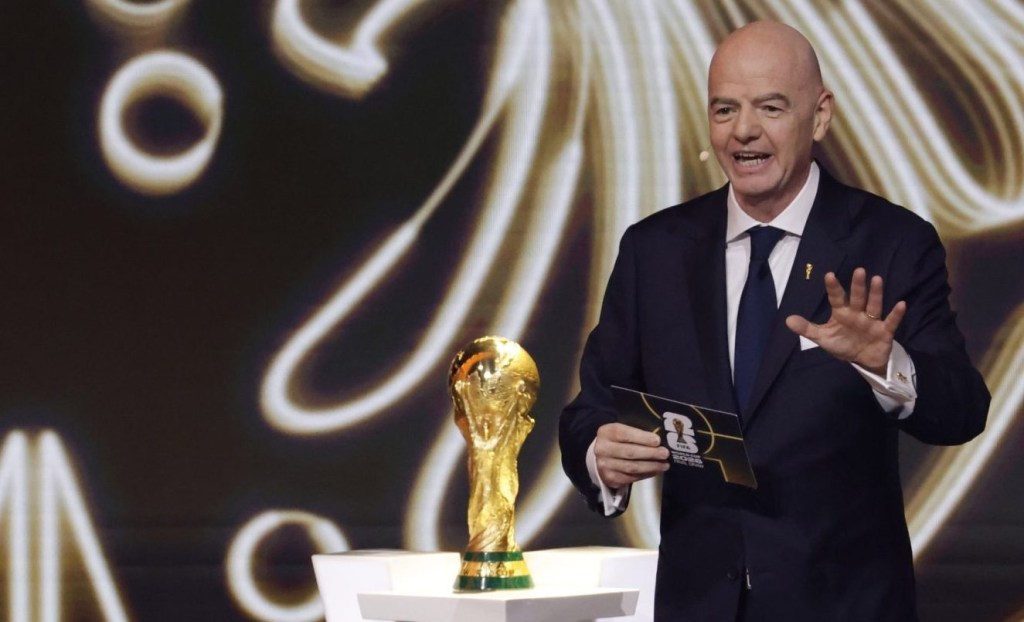The NHL’s Stanley Cup playoffs are rightly considered one of the most rigorous tests in sports. That two-month, four-round gauntlet, however, is about to be challenged once more by another test of hockey stamina and grit: the Stanley Cup trophy tour.
As has been tradition for 30 years, the Stanley Cup will once again embark on a frenetic international tour lasting more than three months in which Panthers players, coaches, and staff members will each get a turn with the highly revered trophy in their hometowns. Other pro league trophies, such the NFL’s Lombardi Trophy, have their own reverence and time with players, and many champions do their own smaller tours.
There’s nothing, though, that can compare to the scale of what happens annually with the Stanley Cup.
The summer trophy tour that included Sunday’s Panthers championship parade will continue to this weekend’s NHL Draft in Los Angeles, and then begin in earnest with Florida team members in mid-July, ultimately extending to the team’s 2025–2026 home opener in October.
Specific routing for the summer is being developed in a three-way collaboration involving the Hockey Hall of Fame, which oversees care of the Stanley Cup; the NHL; and the Panthers organization. The arrangement will be finalized in the coming days. Each individual player stop will last about a day. The Panthers are expected to keep a running online tracker of the tour, as they did last year.
“We can’t extend the tour or change the last date. Next season is starting when it’s starting,” Phil Pritchard, keeper of the Stanley Cup for the Hockey Hall of Fame, tells Front Office Sports. Pritchard, typically seen wearing white gloves, has been safeguarding the trophy since 1988 in a job that is essentially part-security guard, part-historian. “This puts a real priority on traveling as efficiently as possible, particularly as our game gets more and more global and we get to more and more places with players. Every day the Cup is in transit is a day it can’t be with somebody,” he says.
The idea of the Cup tour itself originally germinated from a one-off request, when Colin Patterson, a member of the 1989 NHL–champion Flames, asked Pritchard to bring the trophy for a brief, unprecedented visit to his Ontario hometown. Pritchard agreed, and loaded the Cup into the back of his car as a favor. After a few other scattered appearances in the early 1990s, the 1995 Devils enshrined a Cup tour involving the entire championship team as an NHL tradition.
There are some new wrinkles to this year’s tour, which will involve about five Hockey Hall of Fame staffers including Pritchard, with at least two employees with the Cup at all times. The Panthers are the first NHL repeat champion outside of the COVID-19 era since the Penguins of 2016 and 2017, bringing plenty of familiarity to the effort, but also a challenge to infuse fresh elements to the tour, too.
Alongside logistics wrinkles are literal dents: The Stanley Cup was also damaged just after the Panthers closed out a six-game Stanley Cup Final victory over the Oilers on June 17. The bowl of the Cup was cracked and the bottom was dinged as the Panthers celebrated well into the early morning hours.
BOTTOM IS DENTED pic.twitter.com/2OvxD9qkwe
— Chris Jastrzembski (@Chris_Jast) June 18, 2025
A silversmith was immediately flown in to Florida to address the damage, and repairs were made before the Panthers’ victory parade five days later. It’s a fairly standard occurrence for the 37-pound chalice, made of silver and nickel alloy, that has seen plenty of adventures over the years, including submersion in pools and oceans, numerous drops and scratches, and use as a vessel for many different foods and beverages.
“We got that fixed right away, but it’s important to remember that the Cup is 133 years old, and if we looked like that at 133 years old, we’d be pretty happy,” Pritchard says. “There is some damage that happens from time to time, but we get it repaired straight away, and did so again here.” (Not every ding, dent, or scratch requires an emergency fix; some wear and tear is taken care of back in Canada when the victory tour is complete.)
There is a slight asterisk with that comment, though. The Stanley Cup that players now hoist and travel with is the Presentation Cup, created in 1963 to serve as a successor to the 1892 original that was growing much more fragile. The original Stanley Cup bowl resides permanently at the Hockey Hall of Fame in Toronto.
The Hockey Hall of Fame has kept many of the specific details relating to Cup repair and maintenance close to the vest, but Pritchard said the relative malleability of the Cup allows for fairly straightforward metalwork when necessary.
“We’ve gotten very good over the years about how to deal with the various issues around repairs, and also the travel logistics, getting through airports and TSA and the like with the Cup,” Pritchard said. “The big thing, though, that absolutely carries through is the respect the players have year after year for this trophy. They absolutely get it.”
This year’s Stanley Cup tour also marks the third year in which the latest champions’ names are already engraved on the trophy. That engraving previously did not happen until the early fall each year, but starting with the 2023 champion Golden Knights, the tour began after a brief post-Stanley Cup Final pause, allowing players, staff members, and their family and friends to celebrate fully with the permanent marking of their latest accomplishment.
Those celebrations are likely to be rowdy after the Panthers spent the initial days after defeating the Oilers partying across a series of South Florida nightclubs, beach bars, karaoke joints, and boat rides.
“We’re the best team on the ice. I guarantee you we’re the best team off the ice, too,” said star forward Matthew Tkachuk as the team cleaned out its gear for the summer from their Amerant Bank Arena locker room. “It’s been a lot of fun, and the party’s not stopping anytime soon.”
